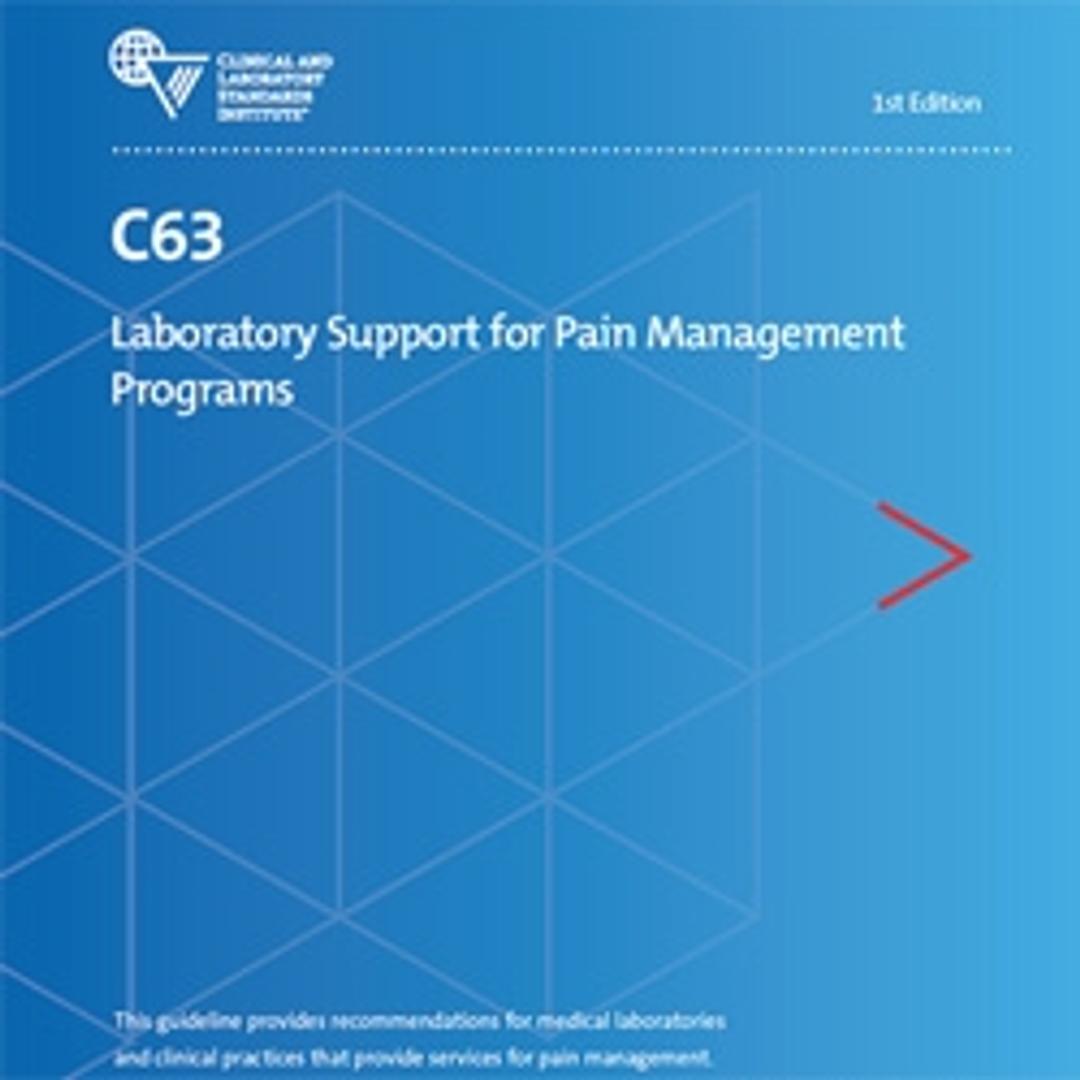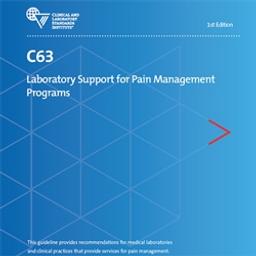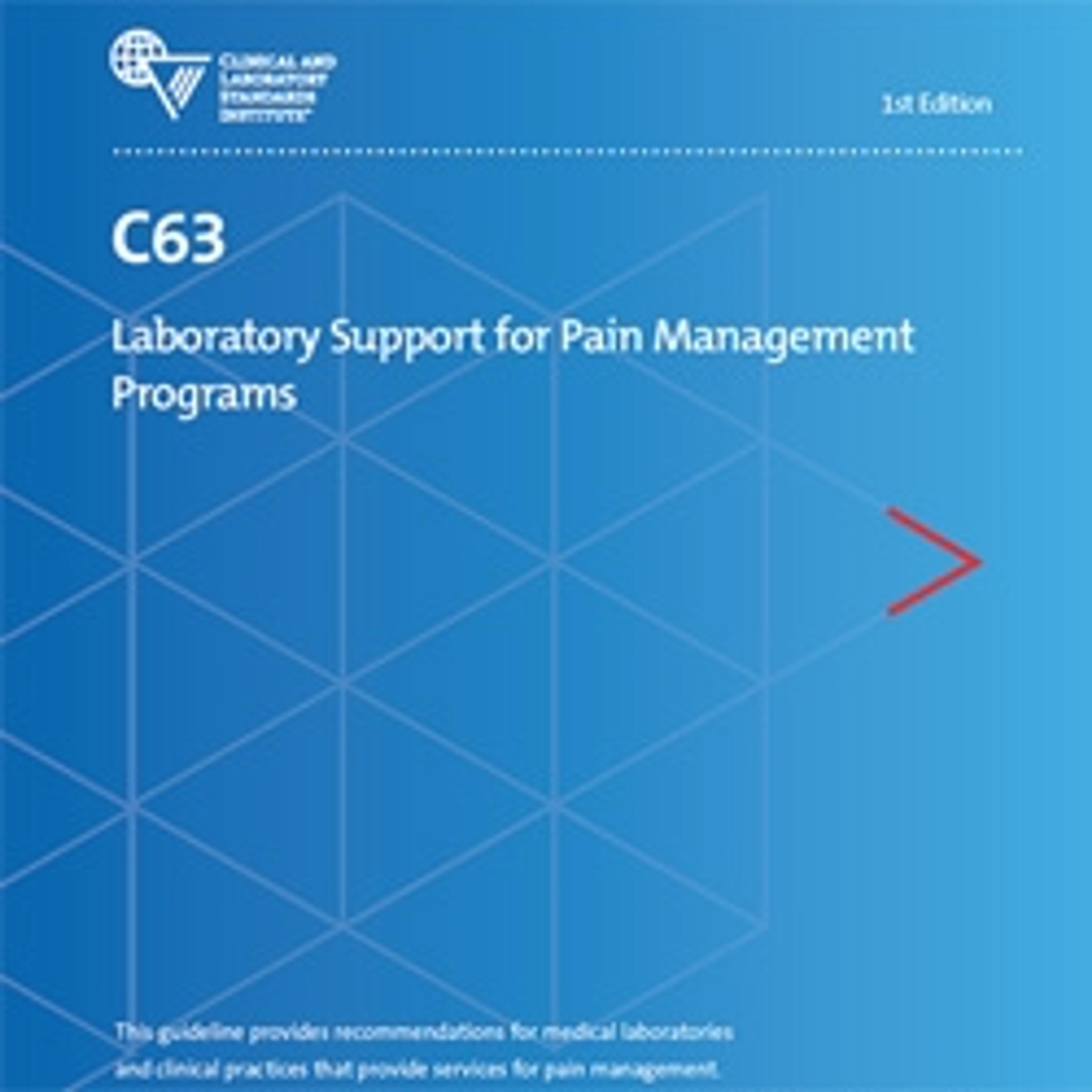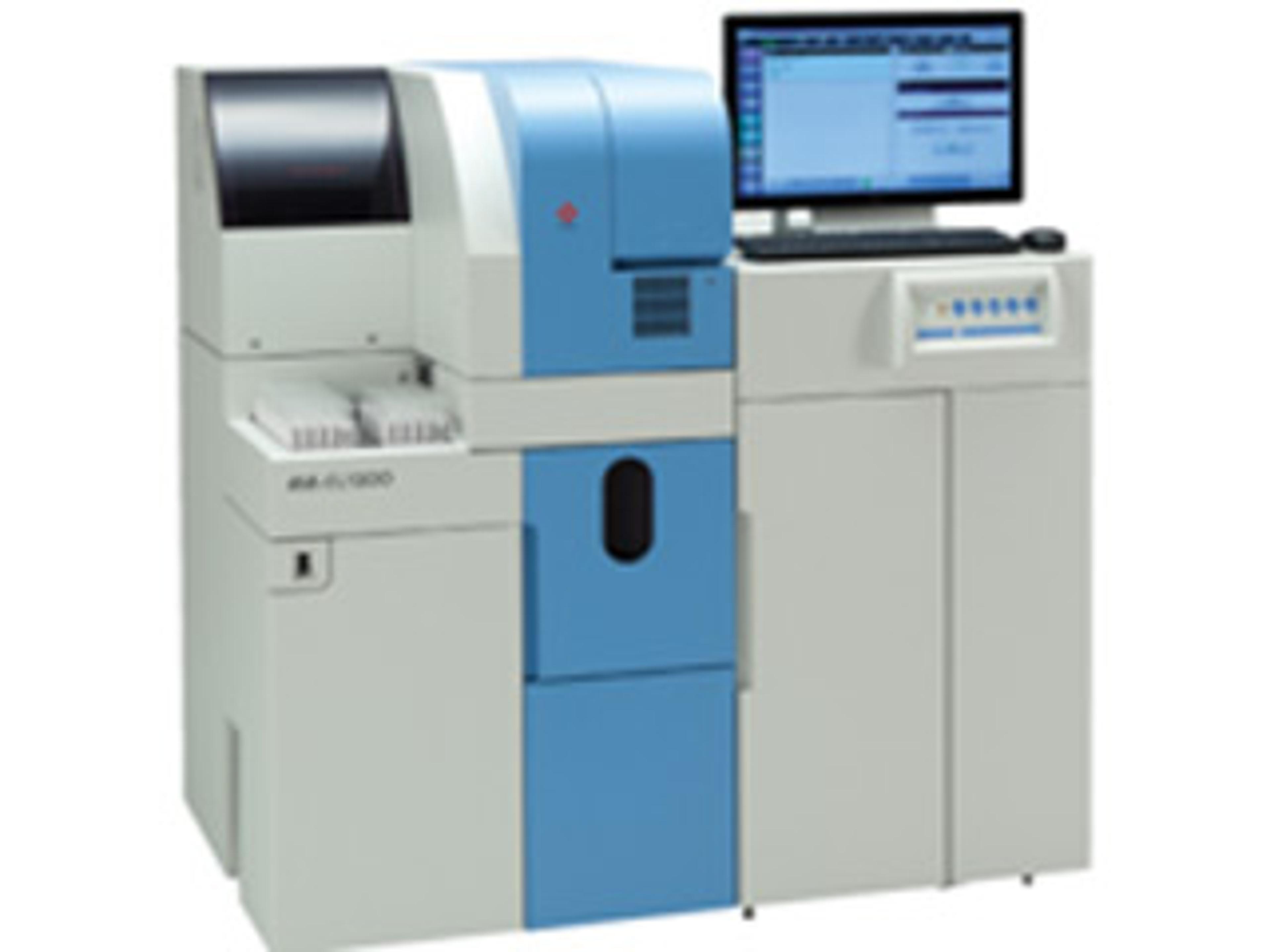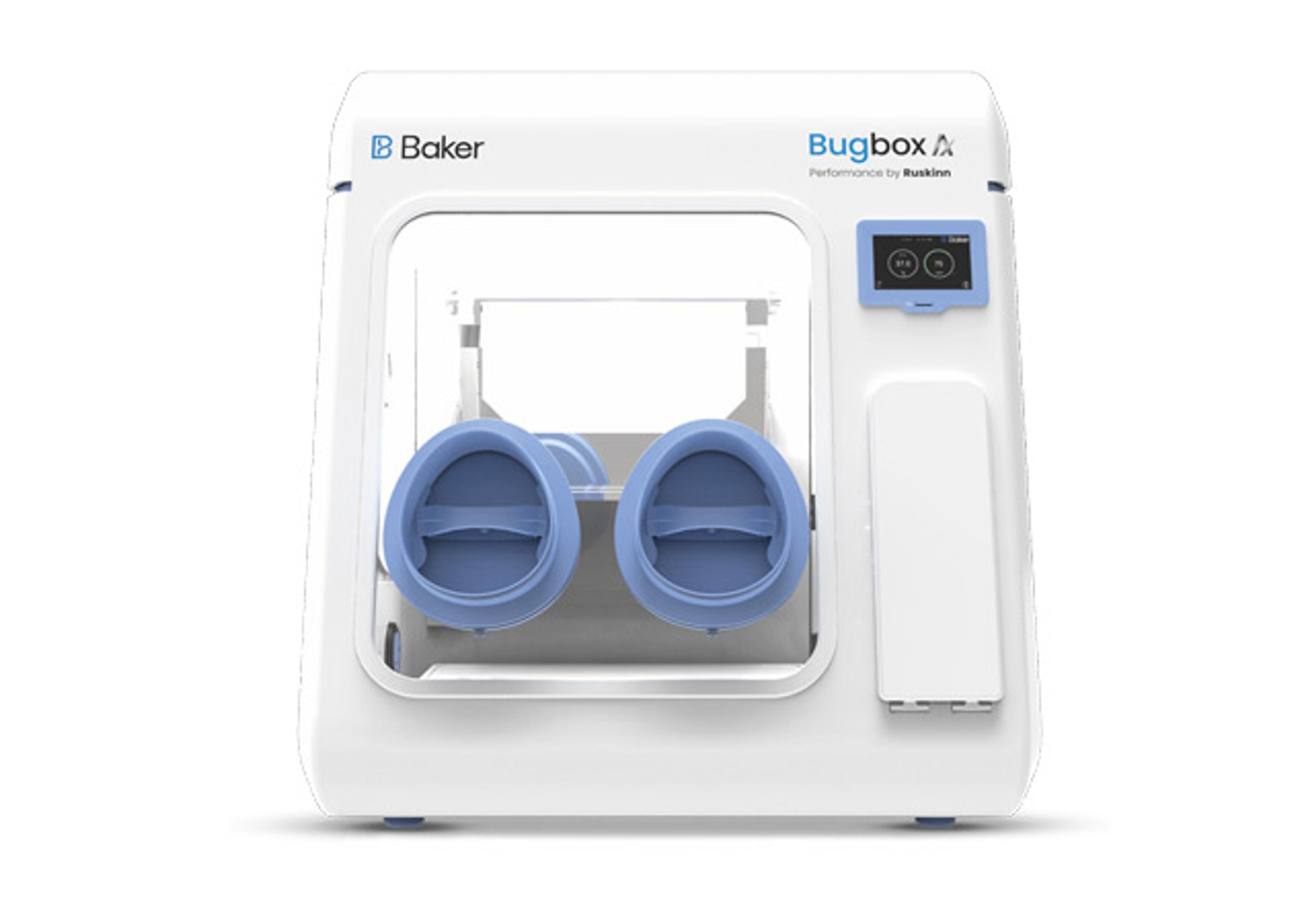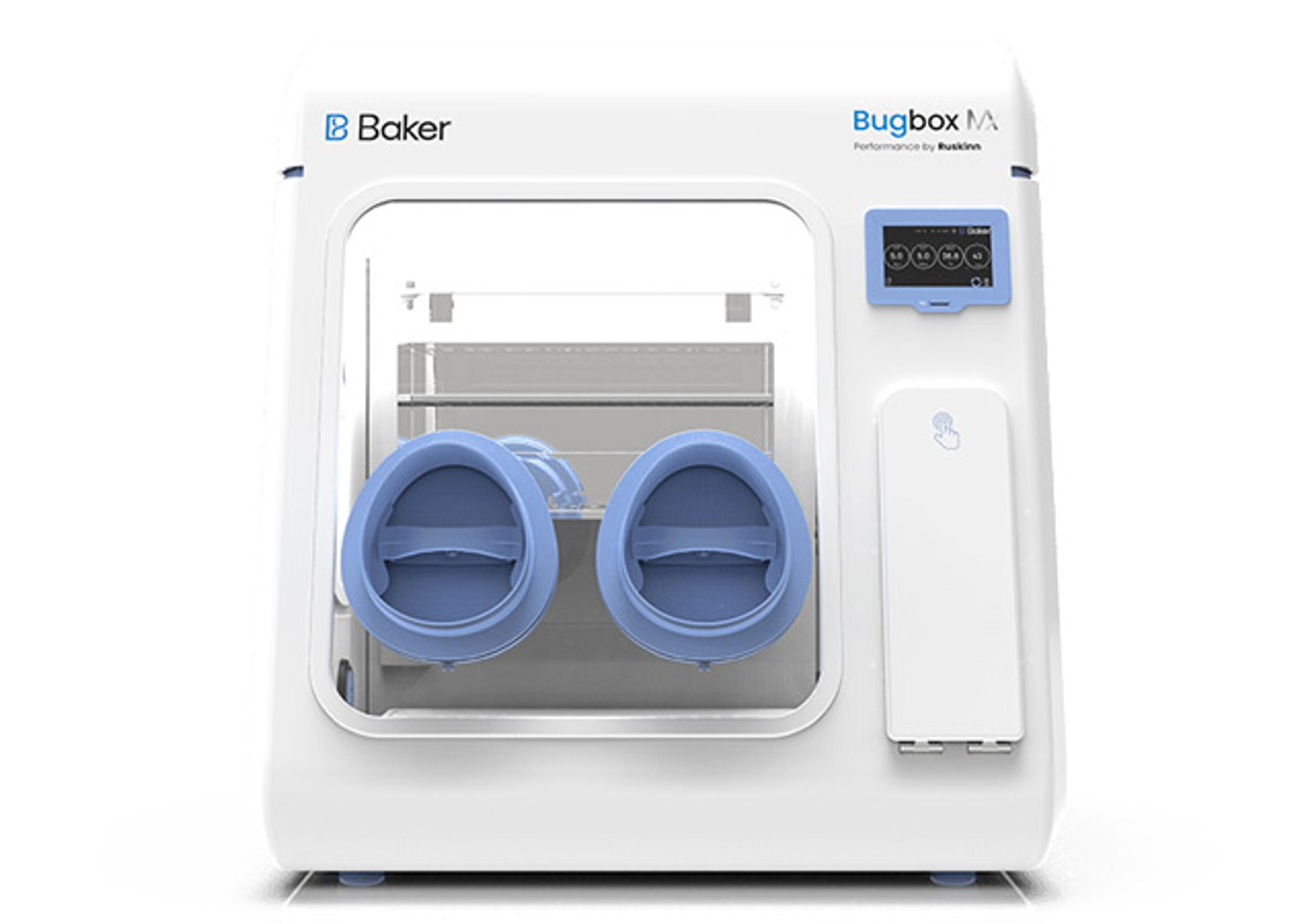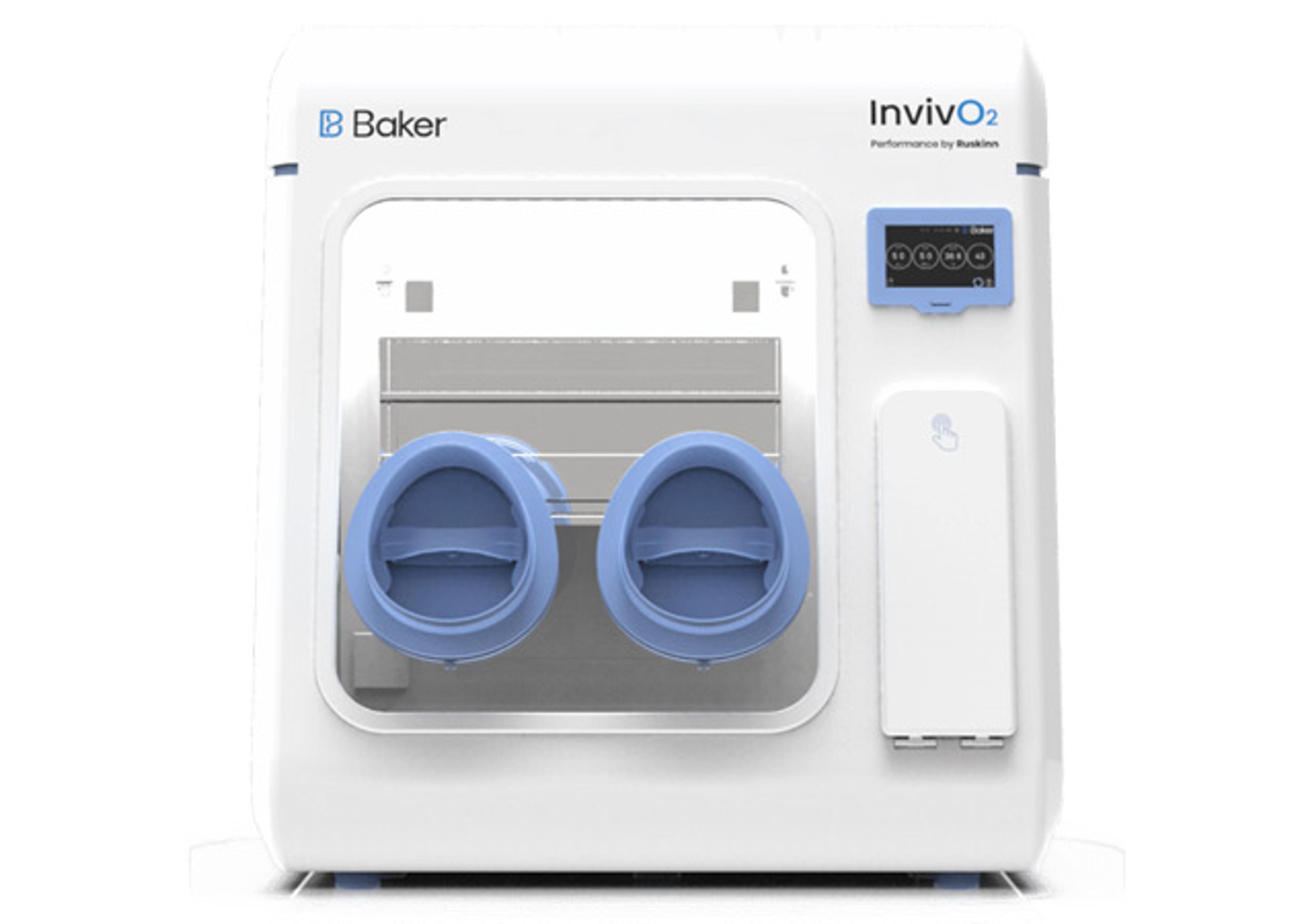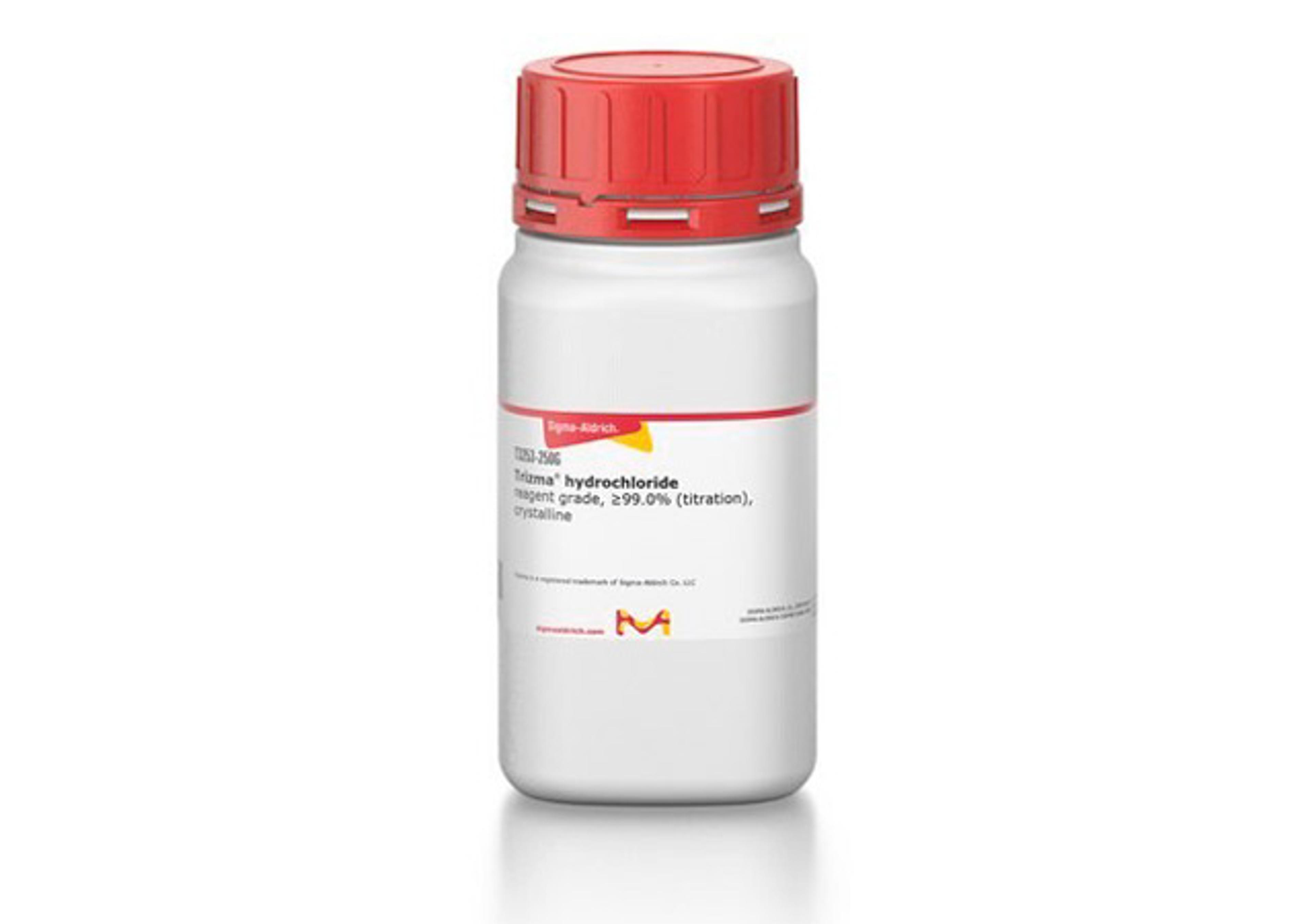C63
Laboratory Support for Pain Management Programs, 1st Edition

The supplier does not provide quotations for this product through SelectScience. You can search for similar products in our Product Directory.
Drug monitoring to detect drug abuse or diversion has become an essential tool for the pain management clinician. A new CDC guideline published in April 2016 recommends clinicians test patients before and during opioid therapy. Clinicians rely on the laboratory for accurate quality pain management testing. Stay up to date with the latest information on drug testing for pain management with Clinical and Laboratory Standards Institute guideline C63—Laboratory Support for Pain Management Programs. C63 provides recommendations for medical laboratory toxicology-based testing services in support of the care and treatment of patients in pain management programs. This guideline discusses specimen types and collection, testing methodologies, and results reporting and interpretation.
Because pain management medications pose a risk of addiction and abuse, it is commonplace to monitor patients for compliance with therapy. To monitor patients, many facilities and providers rely on simple immunoassay-based screening of a randomly collected urine specimen for a panel of drugs of abuse. Unfortunately, immunoassays for urine drug testing vary considerably in specificity and sensitivity and are associated with both false-positive and false-negative results. Recognizing the seriousness of these consequences, a growing number of laboratories are turning to mass spectrometry–based methods as the first line of testing and encouraging additional testing of any unexpected result, whether positive or negative. There is also growing interest in using alternate specimen types in specific situations. Thus, the needs of pain management services have changed the types of toxicology testing expected of medical laboratories, which have also encountered dramatic increases in testing requests. Laboratories have recognized the need to change testing menus and technologies, implement referral testing services, and find opportunities to interact more with providers who use their services.
C63 provides guidance on the latest in:
- Specimen types and collection methods
- Testing methodologies
- Results reporting and interpretation
The intended users of this guideline include medical laboratory scientists and personnel, medical technologists, hospital administrators, physician office personnel, risk managers, pharmacists, and health care providers tasked with implementing pain management testing for their institutions or networks.

